Instructions to build your own small windmill or mini wind turbine as with Wind Turbine Kits.
Windmills are rather simple machines powered by wind energy. Wind turbines make use of wind to turn rotating blades. In earlier times, windmills were used to produce energy to grind grain and pump water. Nowadays, windmills are used to turn wind energy into usable (electricity) energy by making use of its rotating blades.
Windmills which created centuries ago can be constructed with a set of simple tools, materials and know-how. Today’s windmills are very high tech and are made from special composite, very lightweight materials and which also applies to wind turbines. We will give you here a few very simple instructions on how to start and build your own windmill:
The Building of a Basic Windmill – Wind Turbine Kits
If you follow these simple instructions, you will find it easy to build a basic windmill. In case you are interested in building your own wind generator, you should also watch this great 10-minute step-by-step instruction video to assess if you’d have the technical ability to do this.
The types of materials and the construction of a windmill capable of producing renewable energy will be very different and the total cost is most likely to differ depending on the types of material you will use.
Remember, when constructing a basic windmill, your goal is to maximize the conversion of wind energy into mechanical energy.
Before we are going into more detail and to a short nine-minute long ‘easy to understand’ Step-by-Step Video tutorial, here a few basic but essential tips you should follow before going too far into a project and potentially losing any if not all of your initial investment in time and money.
First Steps:
Start to conserve first.
Before even thinking about wind power, have you looked around your home and identified any potential ‘electricity’ wasters such as TV sets or radios on ‘standby’ mode in your guest room, the electric clockwork in the room which is never in use? Do you leave your stereo or computer on when not at home? All these energy-consuming sources add up very quickly in wasting a large amount of money for electricity in a very short time. Make sure you are getting your home’s energy use as low as possible and make it a habit not to waste any unnecessary electricity before even thinking about building your own residential wind turbine.
What is the average wind speed in your area?
Any cost-effective wind turbine needs ample, consistent wind. Generally said, an efficient system requires wind speeds of at least 7 to 10 miles per hour before they start producing power. A wind turbine assembled in an area of twelve to twenty mph wind speed provides the best performance. Remember, as wind speed increases, so do the power output in a dramatic way. You can easily obtain Wind resource maps from your national environment department or depend on your country of residence, some government even publish local wind resource maps on the internet. A wind resource map can be of essential help for you to assess the Aeolian potential in your area.
The best place to go to assess the yearly average wind speed in your area is by using this link and follow instructions:
RELATED ARTICLES:
Windmill Parts – Windmill Spares – Windmill Blades Suppliers Directory
Problems and Solutions Obtaining Windmill & Wind Turbines Planning Permissions
How To Build DIY Wind Turbine – Step-by-Step Video Tutorial
Building My Own Small Wind Turbine Saves Money Every Day
Know your local building regulations
Make sure you know exactly what are the current building codes and regulations. What is the minimum distance to be kept to any adjourning ground or your direct neighbour? See if there are any heights or other permitting restrictions
Generally speaking, Wind turbines do not require a lot of space. But to avoid any later conflicts with neighbours, wind industry experts say that for turbines up to three kilowatts (kW), you should have half an acre or more land available. For systems from three to ten kW, you should have at least an acre of land.
Speak To Your Neighbours
Before starting your wind turbine project, make sure that you discuss your plans with your neighbours and invite them to make suggestions and encourage their questions. Discussions with your neighbours and other local residents are a good opportunity to educate the community about the benefits of clean, renewable energy. Do not underestimate the power of potentially resistant neighbours who might try to undermine your project. Some consider wind turbines as being ugly and eyesores, while others are delighted of the sight of spinning windmills. There is also concern about noise, but today’s technology available and if carefully build and maintained, a typical residential wind turbine makes less noise than a washing machine or an air conditioner. It is very unlikely to hear a spinning residential mill inside your house, and your neighbours wouldn’t hear it at all. And if questioned, no, wind turbines do not interfere with any TV or radio reception.
Maximum Energy Output
To maximize wind energy, your windmill must be tall enough to reach above trees, walls and other potential obstacles which can limit the amount of wind your windmill will be exposed to. You must try to take advantage of as much wind as possible. Additionally, you will need wind rotor blades that will easily catch the flow of the wind. The blades must provide the least possible resistance.
Wind Turbine Kits
Now that you have taken the above steps and convinced yourself that building your own windmill is the right step to take, we can get to the more technical part of this article.
The most common type of windmill is the horizontal axis windmill, which has blades that spin vertically.
The Components of a Windmill
A basic windmill consists of four basic components:
• The Base
• The Tower
• The Wind blades
• The Nacelle (the gearbox which facilitates the blade’s movement).
The Windmill Base
Make sure that the base of your windmill is strong and heavy compared to the rest of the windmill structure. Concrete and sandbags are good materials. For example for a five feet high windmill, you would require a base of at least 18 inches square and approximately 20 pounds in weight. This should be sufficient.
The Windmill Tower
The tower for a basic windmill of about 5 feet heights can be made from a strong piece of 2 X 4, plastic PVC pipes or similarly strong materials.
The Windmill Blades – Wind Turbine Kits
Windmill blades are actually very similar aeroplane propellers. The rotor blades capture the wind energy for your windmill. Wind blades can be made from lightweight plastic or wood or if this proves to be too difficult for you, can also be easily ready-made purchased. A basic 5 feet high windmill would require blades of a length of between one to three feet.
Normally, a nacelle would contain a gearbox but for a basic windmill, you can simply use a shaft to connect the rotor blades to the tower which will allow it to spin.
There are many construction plans widely available for purchase on the internet for sizes as high as 10 feet and in many cases also include ready-made blades and nacelles.



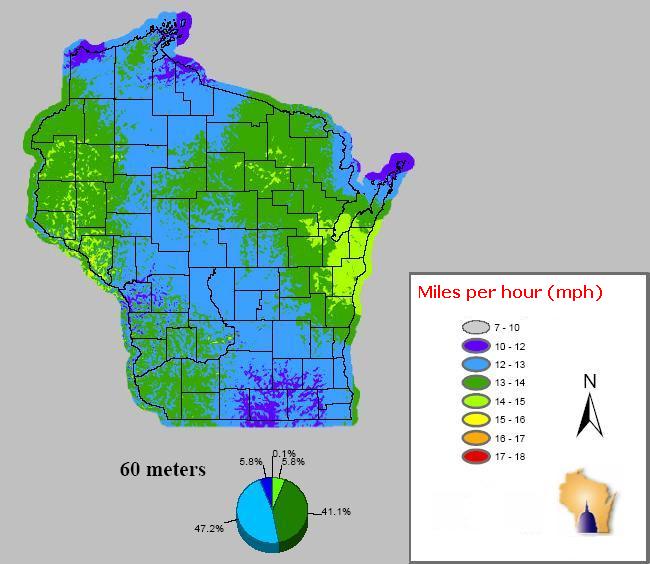
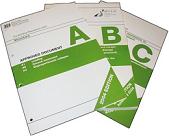
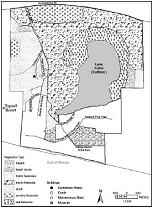

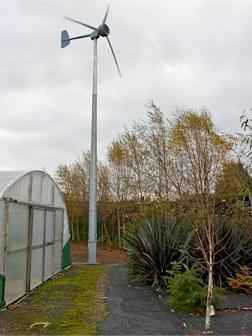
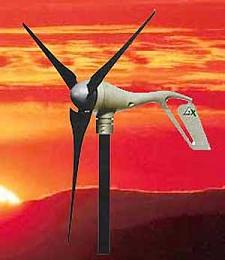
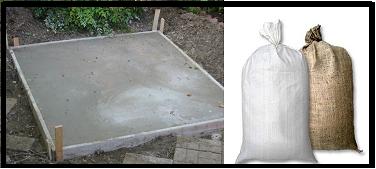



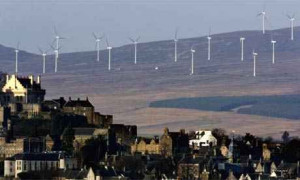

Nice Blog Template I like the look of it definitely.
I was searching for something like this the other day.
Smart points:) Will definitely visit soon.
I was looking for some info about AEOLIAN and I found your post. I would like to know if you exchange links ?
Interesting site on how to build a windmill. My problem would be how to get the power down the shaft, while at the same time allowing the windmill to be able to turn to face the wind.
I am very interested in wind power, but also interested in changing career fields to work in this industry. If you can be of any assistance in this please advise.
Great post giving detailed and more ideas. Very nice, moving forward to have windmillelectricity.
Thank you for the basic idea of the wind mill. Do you have any detailed literature on how to build a windmill at home and is there any agency which can supply the spares to build the wind mill in India at New Delhi area.
I am very interested in wind power, but also interested to work in this industry.
thanks
Tony
I have recently posted about how to build a small wind turbine on my blog and your article helped me a lot. Thanks.
I am pressently try to build a local type but how can i get a motor which turns for less then 25 rpm.